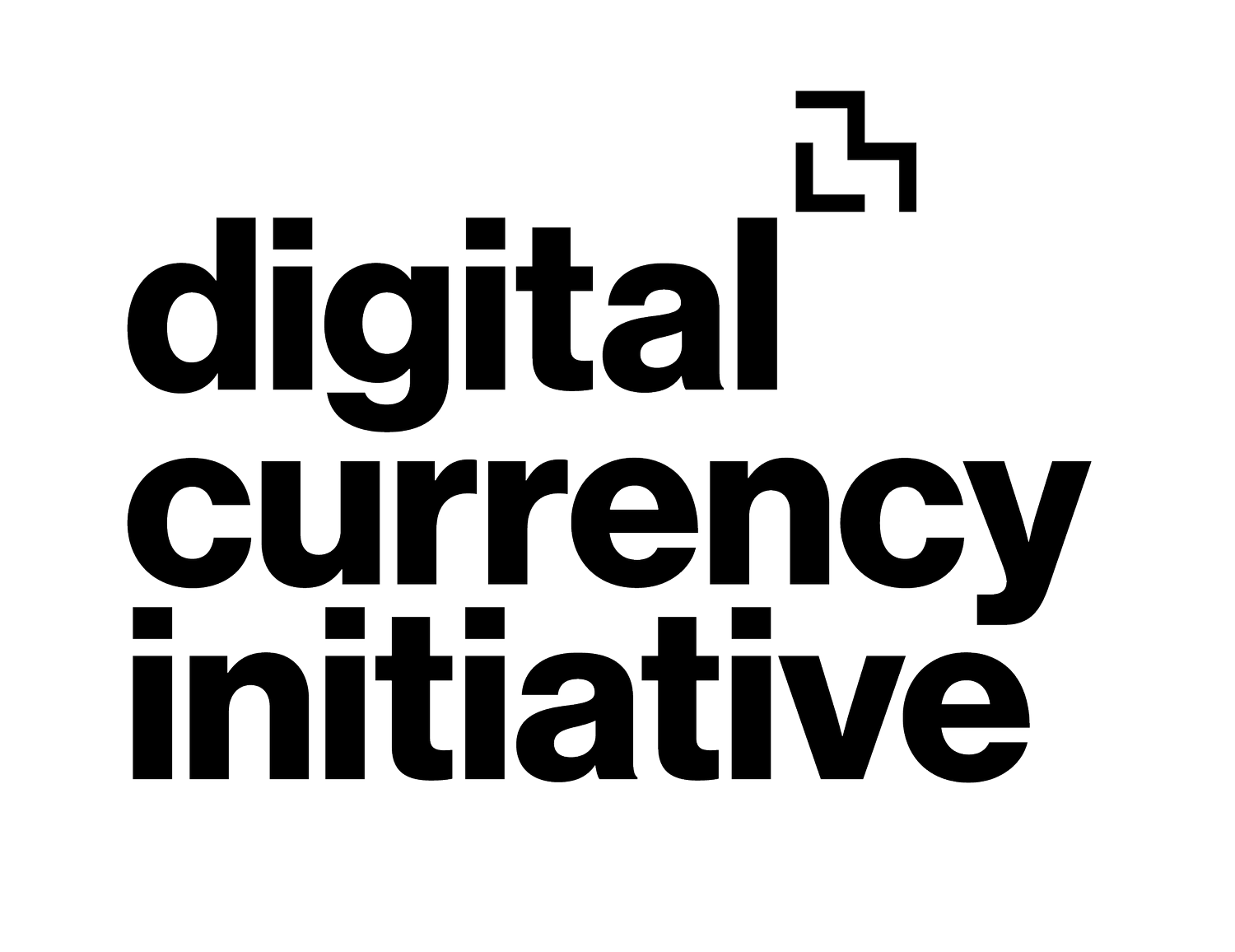DCI Newsletter Issue #6 - Q1 2020
Hello,
I’ve been thinking a lot lately about folklore -- something everyone assumes is true, but hasn’t necessarily been properly analyzed and proven correct. For example, the security of proof-of-work: the key innovation in cryptocurrencies is the idea of a permissionless consensus protocol to secure a ledger of transactions, preventing reordering and double spending. Today, proof-of-work and Nakamoto Consensus secure more than $200B dollars of cryptocurrency. But how much do we really understand it? How do we know these protocols are economically secure, and that it won’t ever be in the interest of a greedy miner to mine a fork and wreak havoc on the network? People make arguments about sunk cost in hardware and access to energy and ASICs, but ultimately there is some value at which it would be in a miner’s economic interest to double spend; we want this to be very high but not *too* high -- as users we pay for that security with inflation and fees. Bitcoin has been secure against double spends for the last ten years, but many other cryptocurrencies have suffered attacks. We can’t just look to the past as a blueprint for the future; as this asset class grows, attacks will only become more lucrative, and thus more sophisticated.
In this newsletter, I’m excited to share DCI work that moves the ball forward on monitoring and analyzing the underlying security of proof-of-work. In research led by Dan Moroz, a PhD student at Harvard, we put forth a new proof-of-work game mechanic, counterattacking, which makes securing proof-of-work networks cheaper. Then, we actually observed double spends and a counterattack in the wild on Bitcoin Gold using a system developed by James Lovejoy, an MIT masters student with the DCI. So far there has been very little real-world monitoring and measurement of mining pools, which surprises me because pools are critical to security: If there is an attack in Bitcoin, it will probably come from mining pools. Individual miners don’t necessarily know how their hashrate is being used, so we developed a system to check, and we are monitoring 75% of the Bitcoin hashrate. Please let us know if you’re interested or would like to collaborate in any of this work.
This is all more important than ever as we approach the halving -- I’ll be on a panel on this topic at Consensus:Distributed Monday May 11th at 10 AM ET with Hasu and Raphael Auer.
Finally, I want to acknowledge that the world has changed dramatically in the last few months, and many of us are still reeling. I hope you and your loved ones are doing OK. At the DCI, we are very fortunate to be able to do our research from home, and like everyone else, we’ve been living on Jitsi and Zoom. We hope to have the opportunity to do more live streamed conversations and events with our community.
Thanks as always for your curiosity and a special thank you to our member companies and donors for their support. Please let us know if you have any feedback, questions, or if we can help you in any way. We’d love to hear from you!
Thanks,
Neha
